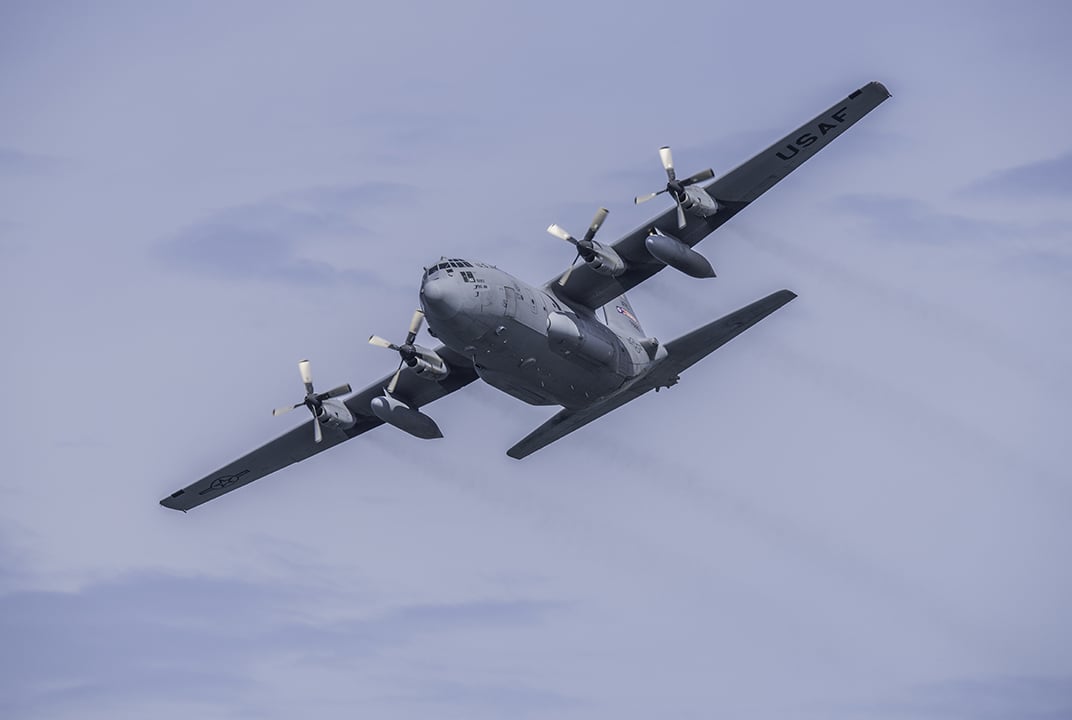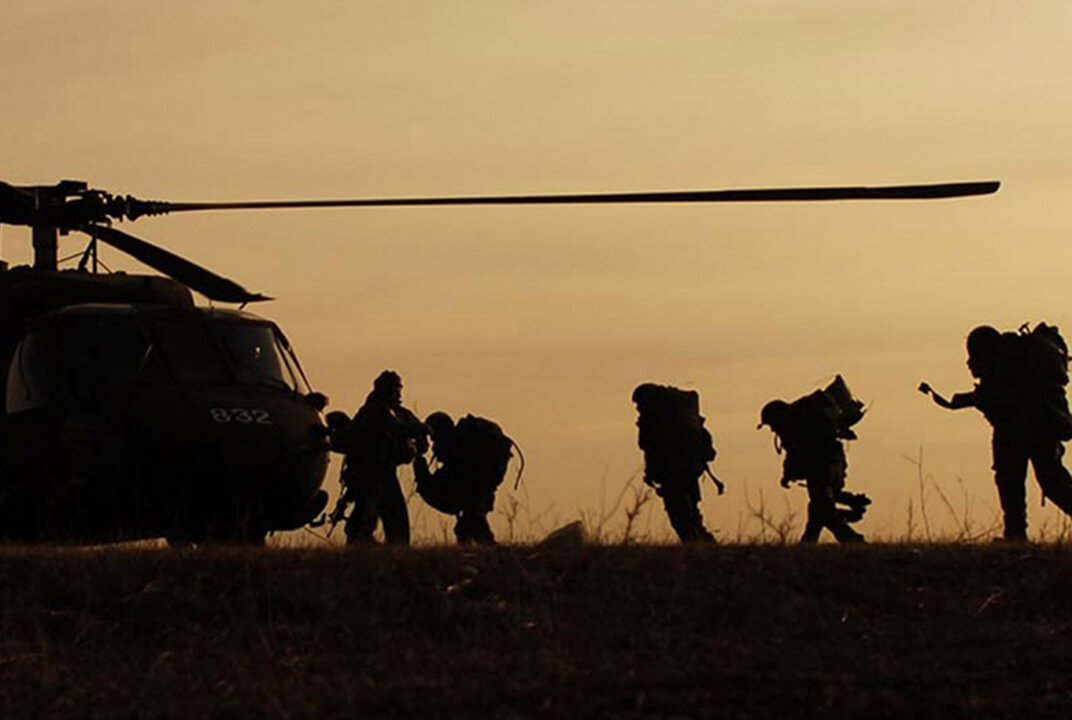Insight | How to be ready for anything
How to be ready for anything
Government
We are quickly approaching America’s National Preparedness Month (NPM) in September – a month to promote the importance of disaster and emergency planning in order to be ready before events like the COVID-19 pandemic, the recent Hurricane Hanna that hit the Gulf Coast of southern Texas and other disasters strike. NPM is a part of the U.S. Federal Emergency Management Agency’s (FEMA) National Preparedness Campaign to strengthen the preparedness of families, individuals, organisations and Federal Agencies, including the Department of Defense (DoD).
This year we have seen the COVID-19 pandemic impact virtually every facet of our lives, and the military community was no exception. Similarly, DoD installations are as vulnerable as anywhere else to natural disasters such as earthquakes, floods, mudslides and tornadoes. This was clearly demonstrated in October 2018 when Hurricane Michael came ashore as one of the strongest recorded hurricanes to impact the continental United States and caused severe damage to Tyndall Air Force Base near Panama City, Florida, home of the 325th Fighter Wing and 44th Fighter Group. All 700 structures on the base were damaged – including a fallen communications tower – with one third destroyed.
Given the potential for impact, mission leadership must prepare in advance to protect operational assets in case of these events. This is one essential area where satellite communications (SATCOM) has demonstrated its value.
SATCOM connectivity enables servicemen and women to coordinate efforts within units and to/from command posts in times of duress. Reliable, easy-to-install and operate communications under such extreme circumstances can be a fleeting commodity, with local terrestrial infrastructure and mobile phone networks frequently overloaded, damaged or non-existent. This is why we must recognise that, more than ever, SATCOM plays a critical role during emergencies and disasters. Through SATCOM solutions, users have immediate access to voice, data and video services in critically-hit areas – regions where other communications options have failed or are unreliable – using equipment that is simple and easy to use, and small and light enough to carry in a backpack.
With SATCOM, military users and emergency responders acquire the following capabilities:
Absolute mobility
Military members are familiar with the benefits of SATCOM, such as mobility and portability, as they utilise those capabilities for their enduring missions around the world. Narrowband terminals are small enough to swiftly pack, travel with and set up literally in minutes with extremely high availability, anywhere they are needed – a key “first-in” capability during the first 24 hours of an event. For more enduring support, users can turn to commercial wideband worldwide service, with Inmarsat-unique high-throughput connectivity in a Very Small Aperture Terminal (VSAT) form, yet with ease-of-use and worldwide mobility. With this, their response efforts are supported by high-speed internet and video streaming, until they and their assets are clear from any potential harm – their “last-out” communications capability.
Ease of installation/use
As with their standard missions, military users do not have time for the lengthy and/or complex set-up of communications equipment. SATCOM enables them to meet immediate, key objectives with minimum and rapid installation – they are fully operational within just a few minutes.
SATCOM on demand – any time, anywhere
In assessing damage and casualties, military users must connect to command and control centre operations as well as restore communications. This level of communications requires high throughput readily available for seamless voice, data, image and video transmissions for a variety of applications. With SATCOM, those running the command and control centre operations, for example, dynamically allocate voice and data sources where most needed in real time. They transfer live video streams from the affected areas back to the center so they can observe and advise. With surveillance aircraft circling the emergency zone with onboard cameras, these aircraft capture and transmit video and images back to the rescue center in real time. This gives the command post the ability to construct a bird’s eye view of what is happening on the ground and enables military users to make informed decisions based on the collected information and damage assessment.
For military users, the mission is everything. Yet, while they can plan a mission down to the last detail, an emergency or disaster can create unforeseen challenges. So, it is best to stay prepared for the unexpected, to safeguard assets and minimize operational disruption.
Through reliable, resilient and highly capable SATCOM, military users are not dependent upon terrestrial infrastructure and mobile phone networks which often take the brunt of a catastrophic event. They move forward with confidence that they have access to voice, data and video services to get the support needed to protect their assets, as well as seamlessly communicate and share information with their first responder counterparts across local, state, federal and DoD jurisdictions as they provide disaster and relief efforts.
Together with our world-class authorised partners, Inmarsat works with military leadership on a daily basis to provide reliable SATCOM services that allow users to focus on mission-critical operations– in all circumstance. To find out more about what we can do for and with you, please contact us.
About the author
Rebecca M. Cowen-Hirsch is Senior Vice President for Government Strategy and Policy for Inmarsat Government, based in Washington. Rebecca brings 25 years of defence, aerospace, and executive leadership experience to Inmarsat. As a decorated member of the Senior Executive Service (SES) in the U.S. Department of Defense, she served as the Program Executive Officer for SATCOM, Teleport and Services at the Defense Information Systems Agency (DISA) and in several key SES executive positions including the first Vice Component Acquisition Executive for DISA, with executive management responsibility for the acquisition oversight and horizontal integration of DISA’s products, services, and programs. Rebecca established the Defense Spectrum Office, serving as its first Director where her responsibilities included the development of national security spectrum strategic plans and policy, and national and international negotiation of defense spectrum issues. Her broad defense career ranged from systems engineering, experimental flight test, program management, spectrum management, and a wide range of executive leadership positions. Rebecca was a rated experimental flight test engineer; was the first female civilian Mission Commander for the Advanced Range Instrumentation Aircraft (ARIA) mission; and was the recipient of an Exemplary Service Medal for her years of selfless service to the Department of Defense.


